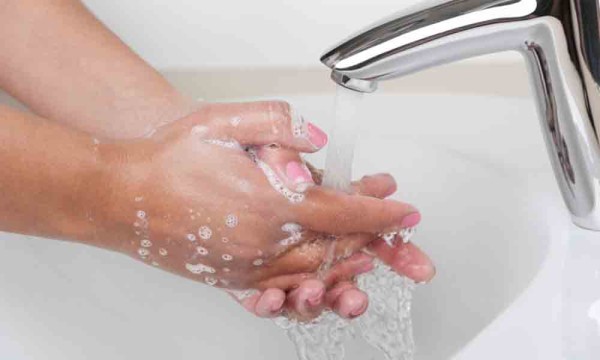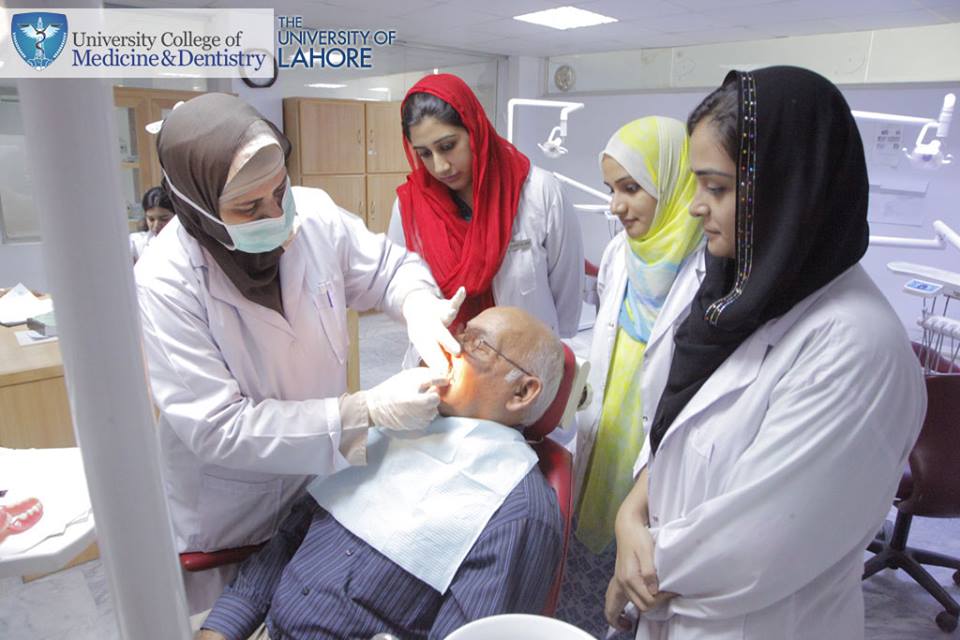10 Amazing Ways to Relieve Stress
The problem of stress is increasing for today’s human beings due to a lot of work and other social and human problems. Naturally, the creator makes the human body gradually return to normal, but we will not always be able to cope with this stress.

Due to this, we are sharing some Amazing Tips to relieve or reduce your stress that will be really helpful in practical life to relaxation techniques that how to reduce stress easily.
Follow these tips to reduce stress:
Wash your hands with warm water
Listening Tune
Making funny faces by self
Salad leaves to chew
Sketching and Drawing
Twisting eyebrows
Touch your lips
Take off shoes Relieve Stress
Taking off your shoes can indeed contribute to stress relief and provide a sense of relaxation. Here’s how it can help:
Physical comfort: Removing your shoes can relieve any discomfort or pressure that may have built up from wearing them for an extended period. It allows your feet to breathe and provides a sense of freedom and comfort.
Improved circulation:
Relaxation response



